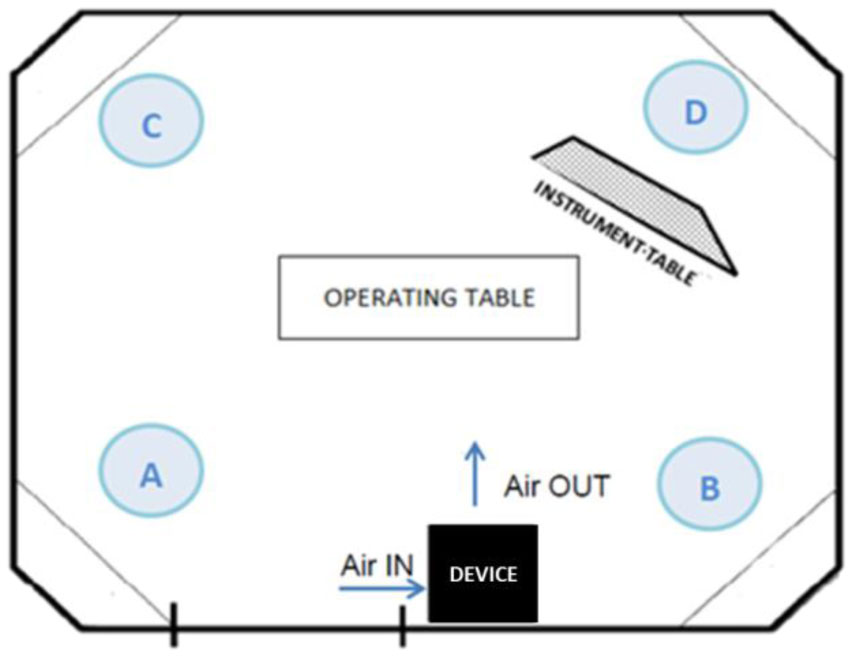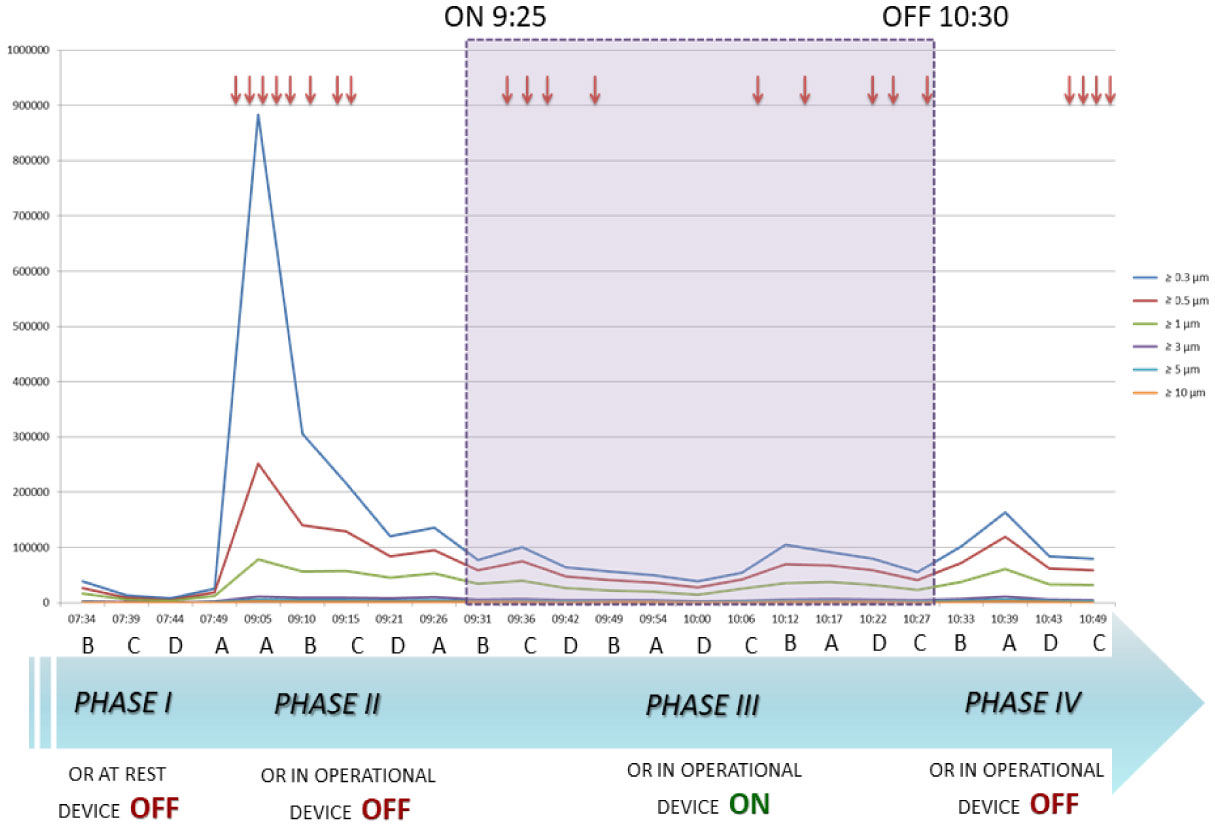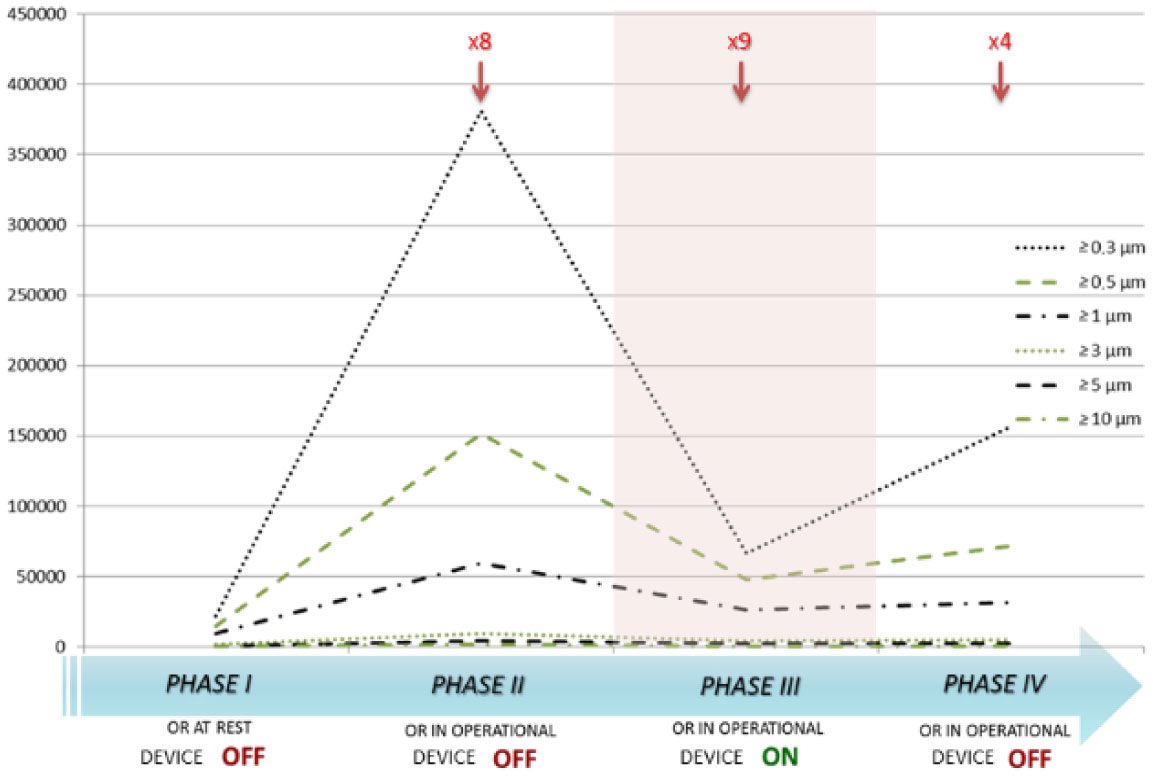| 1.
|
Yangjin Kim, Hyunji Kang, Gibin Powathil, Hyeongi Kim, Dumitru Trucu, Wanho Lee, Sean Lawler, Mark Chaplain, Dominik Wodarz,
Role of extracellular matrix and microenvironment in regulation of tumor growth and LAR-mediated invasion in glioblastoma,
2018,
13,
1932-6203,
e0204865,
10.1371/journal.pone.0204865
|
|
| 2.
|
Yangjin Kim, Junho Lee, Donggu Lee, Hans Othmer,
Synergistic Effects of Bortezomib-OV Therapy and Anti-Invasive Strategies in Glioblastoma: A Mathematical Model,
2019,
11,
2072-6694,
215,
10.3390/cancers11020215
|
|
| 3.
|
Christian Engwer, Christian Stinner, Christina Surulescu,
On a structured multiscale model for acid-mediated tumor invasion: The effects of adhesion and proliferation,
2017,
27,
0218-2025,
1355,
10.1142/S0218202517400188
|
|
| 4.
|
Markos Antonopoulos, Dimitra Dionysiou, Georgios Stamatakos, Nikolaos Uzunoglu,
Three-dimensional tumor growth in time-varying chemical fields: a modeling framework and theoretical study,
2019,
20,
1471-2105,
10.1186/s12859-019-2997-9
|
|
| 5.
|
Junho Lee, Donggu Lee, Sean Lawler, Yangjin Kim, Stacey Finley,
Role of neutrophil extracellular traps in regulation of lung cancer invasion and metastasis: Structural insights from a computational model,
2021,
17,
1553-7358,
e1008257,
10.1371/journal.pcbi.1008257
|
|
| 6.
|
Stefaan W. Verbruggen, Laoise M. McNamara,
2018,
9780128129524,
157,
10.1016/B978-0-12-812952-4.00006-4
|
|
| 7.
|
Thomas Hillen, Kevin J. Painter, Magdalena A. Stolarska, Chuan Xue,
Multiscale phenomena and patterns in biological systems: special issue in honour of Hans Othmer,
2020,
80,
0303-6812,
275,
10.1007/s00285-020-01473-2
|
|
| 8.
|
Min-Jhe Lu, Chun Liu, John Lowengrub, Shuwang Li,
Complex Far-Field Geometries Determine the Stability of Solid Tumor Growth with Chemotaxis,
2020,
82,
0092-8240,
10.1007/s11538-020-00716-z
|
|
| 9.
|
Yangjin Kim, Donggu Lee, Junho Lee, Seongwon Lee, Sean Lawler, Eugene Demidenko,
Role of tumor-associated neutrophils in regulation of tumor growth in lung cancer development: A mathematical model,
2019,
14,
1932-6203,
e0211041,
10.1371/journal.pone.0211041
|
|
| 10.
|
Raluca Eftimie, Joseph J. Gillard, Doreen A. Cantrell,
Mathematical Models for Immunology: Current State of the Art and Future Research Directions,
2016,
78,
0092-8240,
2091,
10.1007/s11538-016-0214-9
|
|
| 11.
|
S. L. Waters, L. J. Schumacher, A. J. El Haj,
Regenerative medicine meets mathematical modelling: developing symbiotic relationships,
2021,
6,
2057-3995,
10.1038/s41536-021-00134-2
|
|
| 12.
|
Vladimir Simic, Miljan Milosevic, Vladimir Milicevic, Nenad Filipovic, Milos Kojic,
A novel composite smeared finite element for mechanics (CSFEM): Some applications,
2022,
09287329,
1,
10.3233/THC-220414
|
|
| 13.
|
Miloš Kojić, Miljan Milošević, Arturas Ziemys,
2023,
9780323884723,
65,
10.1016/B978-0-323-88472-3.00002-5
|
|
| 14.
|
Gabriella Bretti, Adele De Ninno, Roberto Natalini, Daniele Peri, Nicole Roselli,
Estimation Algorithm for a Hybrid PDE–ODE Model Inspired by Immunocompetent Cancer-on-Chip Experiment,
2021,
10,
2075-1680,
243,
10.3390/axioms10040243
|
|
| 15.
|
Dimitrios G. Patsatzis,
Algorithmic asymptotic analysis: Extending the arsenal of cancer immunology modeling,
2022,
534,
00225193,
110975,
10.1016/j.jtbi.2021.110975
|
|
| 16.
|
Joseph D. Butner, Prashant Dogra, Vittorio Cristini, Thomas S. Deisboeck, Zhihui Wang,
2023,
9780128216248,
251,
10.1016/B978-0-12-821618-7.00244-3
|
|
| 17.
|
Jonggul Lee, Donggu Lee, Yangjin Kim,
Mathematical model of STAT signalling pathways in cancer development and optimal control approaches,
2021,
8,
2054-5703,
10.1098/rsos.210594
|
|
| 18.
|
Junho Lee, Jin Su Kim, Yangjin Kim, Stacey Finley,
Atorvastatin-mediated rescue of cancer-related cognitive changes in combined anticancer therapies,
2021,
17,
1553-7358,
e1009457,
10.1371/journal.pcbi.1009457
|
|
| 19.
|
Aurelio A. de los Reyes, Yangjin Kim,
Optimal regulation of tumour-associated neutrophils in cancer progression,
2022,
9,
2054-5703,
10.1098/rsos.210705
|
|
| 20.
|
Min-Jhe Lu, Wenrui Hao, Chun Liu, John Lowengrub, Shuwang Li,
Nonlinear simulation of vascular tumor growth with chemotaxis and the control of necrosis,
2022,
459,
00219991,
111153,
10.1016/j.jcp.2022.111153
|
|
| 21.
|
Tingzhe Sun,
Multi-scale modeling of hippo signaling identifies homeostatic control by YAP-LATS negative feedback,
2021,
208,
03032647,
104475,
10.1016/j.biosystems.2021.104475
|
|
| 22.
|
Yangjin Kim, Junho Lee, Chaeyoung Lee, Sean Lawler,
Role of senescent tumor cells in building a cytokine shield in the tumor microenvironment: mathematical modeling,
2023,
86,
0303-6812,
10.1007/s00285-022-01850-z
|
|
| 23.
|
Rebecca M. Crossley, Philip K. Maini, Tommaso Lorenzi, Ruth E. Baker,
Traveling waves in a coarse‐grained model of volume‐filling cell invasion: Simulations and comparisons,
2023,
0022-2526,
10.1111/sapm.12635
|
|
| 24.
|
Anneke S.K. Verbruggen, Elan C. McCarthy, Roisin M. Dwyer, Laoise M. McNamara,
Mechanobiological cues to bone cells during early metastasis drive later osteolysis: a computational mechanoregulation framework prediction,
2024,
29499070,
100100,
10.1016/j.mbm.2024.100100
|
|
















 DownLoad:
DownLoad: